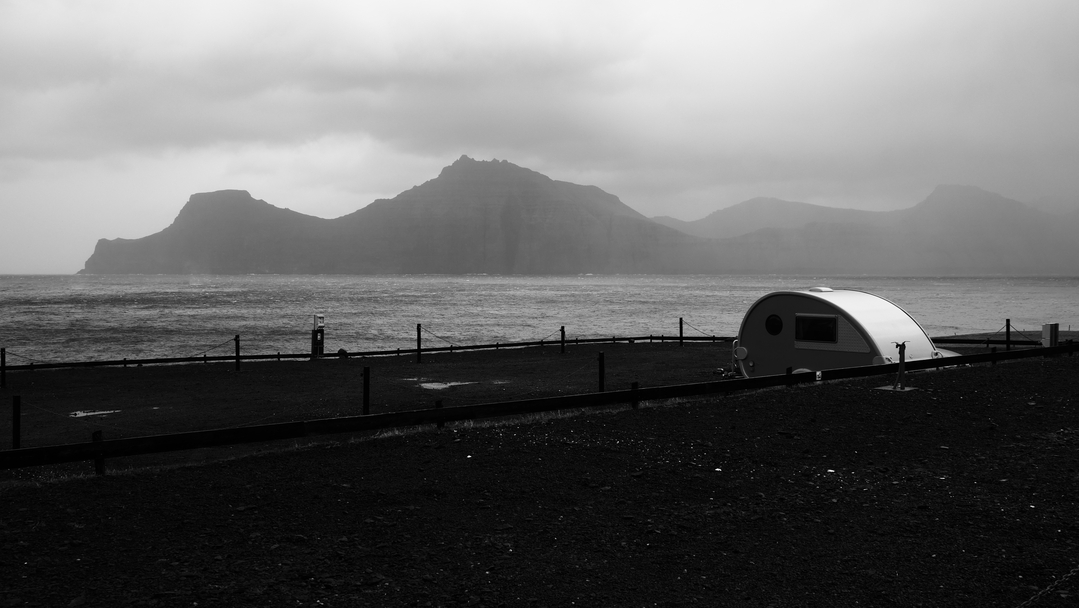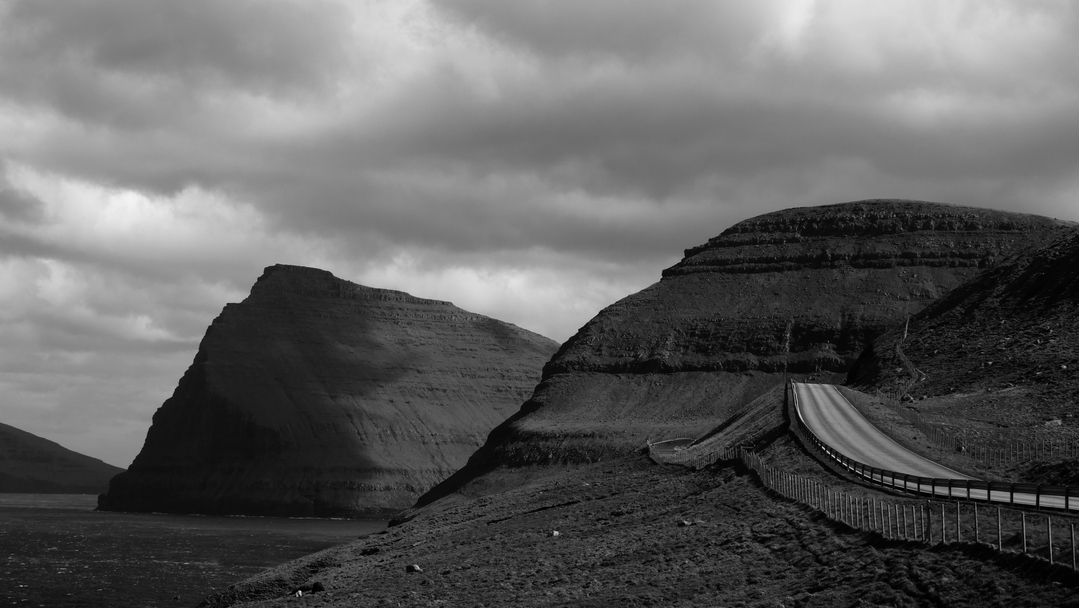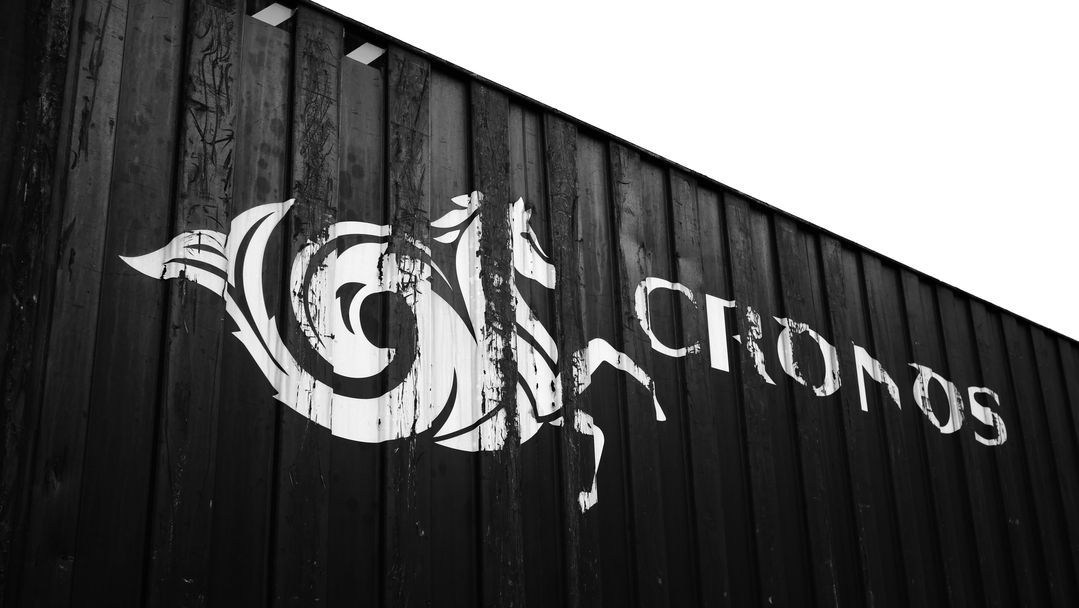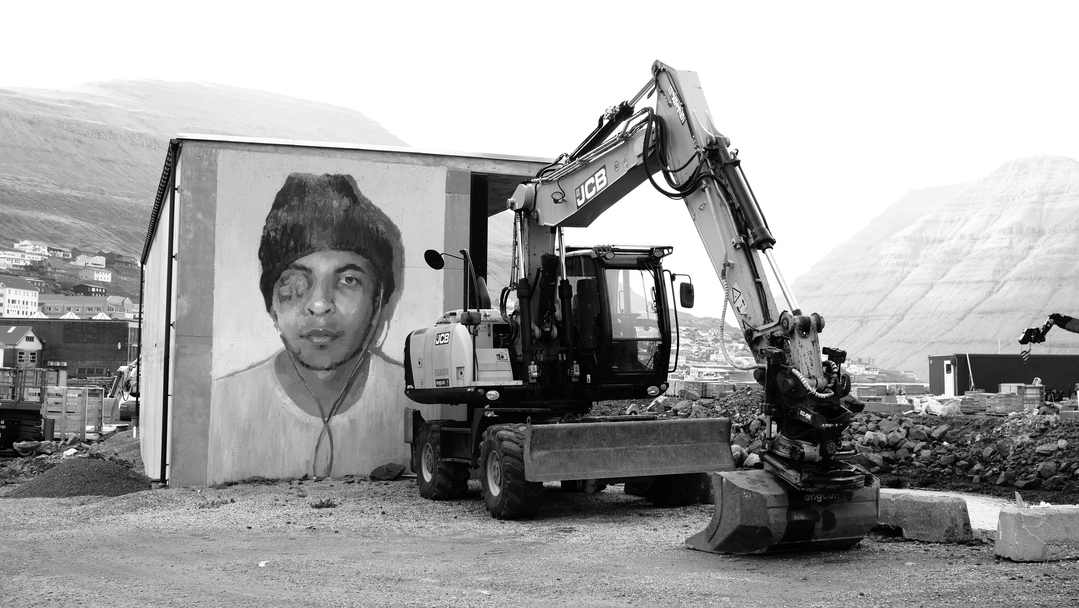Føroyar
Much earlier this year, in late May, some colleagues and I travelled to the Faroe Islands to participate in the 24th Nordic Conference on Computational Linguistics in Tórshavn. Finding yourself in such an exotic location does not happen every day, so four of us decided to stay a few more days after the conference, rent a car and explore the islands further. In this post, I will recount our holiday through my black-and-white photographs of the Faroese nature. You can read in chronological order or jump between places by clicking on the yellow markers on the map.
Getting to the Faroes
The Faroe Islands have a small airport on the westernmost Island, but we decided to get to Tórshavn by passenger ship. The whole trip through Denmark took us more than a full weekend (Friday afternoon to Monday morning, making it just in time for the beginning of the conference). Until now, this is by far my longest time at sea.
Tórshavn
During the conference days, I was too focused on absorbing information, presenting my own work and dealing with the social interactions to take any decent pictures, so here is just a less than mediocre one of the conference venue, the Nordic House, with its inevitable green roof and decorative sheep1:
Fossá
Our first stop after the conference was, perhaps unsurprisingly, a waterfall. We reached it driving slowly but steadily, listening to local artist Eivør’s album Slør. It initially seemed a bit too electronic for my taste, and yet it was my most listened album this year.
Tjørnuvík
Tjørnuvík is a tiny village with a chuch, a beach and a spectacular view on two cliffs, nicknamed the Giant and the Witch (in this photo, it’s up to the reader to decide who’s the giant and who’s the witch).
As well as the cliffs, I found the village’s Tjørnuvík surroundings quite impressive too.

The only living creatures encountered were a couple of people that we heard talking in the church and a few lambs.
Neytaskardh
We quickly stopped here on our first free evening, on the way back to our B&B. This beautiful viewpoint was recommended to us by a local we met at the conference.
This photo’s softer gray tones don’t quite match the style of the other pictures from this trip, and to this day I’m still not sure wether the horizon is sufficiently horizontal or not, but I decided to include it because of the exceptionality of the location.
Múlafossur
Múlafossur was one of my colleagues’ favorite place in the Faroes. It is indeed an even more spectacular waterfall than Fóssa, and when we arrived it was surrounded by mist and seagulls, which made it even more fascinating.
Photographically, on the other hand, it was quite a disappointment: I had the ambitious plan to include both the white silhouettes of the seagulls flying around the waterfall, against the black rock, and the black ones of the backlit seagulls flying above the rocks, against the (relatively) bright sky. Needless to say, that didn’t work out. I decided to cheat and take multiple pictures to combine in postproduction, but the first experiments were not convincing. I thought I’d just try again later and delayed the whole blog post because of that, but actually never found the motivation again - I don’t really like editing, to be honest. So here’s one of the pictures, straight out of camera.
Sørvágur
In Sørvágur, a village a bit larger than Tjørnuvík, we wandered around a bit, found a little store and talked with the owner, an artisan who was so kind to gift one of us some wool after we all failed to pay with our bank cards.
Risin og Kellingin
…which means, the Giant and the Witch again, but seen from another island.
There were also some beautiful mountains here:
As a bonus, here is a proud Faroese sheep:
Gjógv
I haven’t yet mentioned how insane the wind is on the islands. In Gjógv, I felt slightly challenged when one of my colleagues’ wife told me that “you cannot capture the wind in a photo” (or something like that, I don’t remember the exact words after 7 months). This was my attempt to prove her wrong.
In general, Gjógv was one of the places I found most satisfying to photograph.
Viðareiði
Viðareiði, internally nicknamed Inget Vidare(iði) since it’s the Northernmosts settlement in the Faroe Islands, was also one of the windiest and, in my opinion, most picturesque places we visited.
It has a peculiarly decorated church and, allegedly2, some children.

The real magic, however, was a quick stop we made along the way here:
This place is the most surreal I’ve ever seen, especially the weirdly shaped mountain.
Klaksvík
Klaksvík, which we paid a short visit to on the way back from Viðareiði, is the second largest town in the Faroes. After all the small villages, it does feel like a proper small town. It has a museum (which was still closed in May3), a beer factory and even some street art.
Despite this, I personally think its main attraction is this satisfyingly shaped mountain:
-
There are more sheep than people in the Faroes, which may or may not be the reason why the Islands are called the way they are (see Etymology here). ↩
-
as for most of the trip, we did not encounter a single human being at this location. ↩
-
this and several other small museums, are only open during the summer, when the tourists come. In our experience, May wasn’t very cold, but it was also clearly not summer. ↩




























